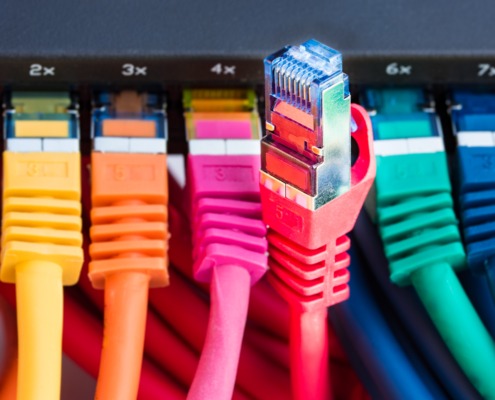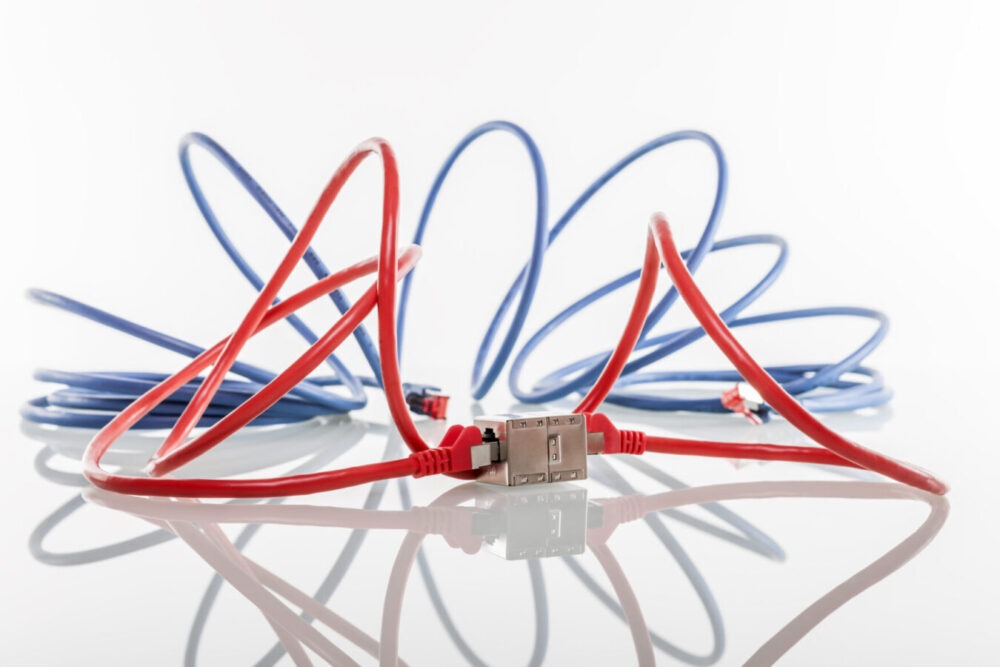The Best Structured Cabling for Your Office
If a modern office wants to maximize its productivity and efficiency then it needs modern cabling solutions. The common name for these modern groups of IT cabling London is structured cabling. And it’s something that your business needs to embrace. Naturally, you may be hesitant to take on a complete rewire of your office. But the benefits are so irresistible that it’s difficult to resist.

What is Structured Cabling?
The sheer number of devices that a modern office uses is remarkable. But it’s also crucial. After all, these devices help offices to enhance productivity by making complicated tasks easier. The majority of these devices rely on networks to run and this is where structured cabling comes in. Using twisted-pair Ethernet cables, structured cabling allows you to build an environment of connectivity where different devices can all be connected e.g. a PC network to a phone network.
Structured Cabling Standards
When it comes to data cabling there are a number of standards it must conform to which include:
How structured cabling enters premises and the manner in which it is terminated The details of any entrance facilities that the IT cabling Canary Wharf will pass through
Testing expectations and labeling methods for the cabling
Dimensions and build details of the communications room that the cables will enter
These standards, and many more, can be found within the BS 6701 guidelines which are part of the BS 7671 Wiring regulations.
Structured Cabling Categories
A number of different cabling categories are available that should be able to satisfy the needs of any office.
Cat 5 Cabling:
Available since 1995, Cat 5 cabling allows networks to deliver 10/100 MBps Ethernet capabilities up to distances of 100 metres. A number of improvements have been made to this category since 1995 with the latest specification being Cat 5e. This newest version of Cat 5e boasts less noise and crosstalk to deliver better data transmission.
Cat 6 Cabling:
Launched in 2002, Cat 6 cabling features copper wires which are wound more tightly than Cat 5 cabling. This has allowed it to deliver better performance with Gigabit Ethernet transmissions at distances of 100 metres and is perfect for offices. It’s also important to point out that Cat 6 cabling is fully compatible with Cat 5 cabling.
Cat 7 Cabling:
Boasting a much thicker shielding than Cat 5 and 6 cablings, Cat 7 cabling is able to preserve data stability much better than its predecessors. Data transmissions of up to 40Gb can be achieved at 50 metres or even 100Gb at 15 metres. This is fantastic for smaller organizations, but a downside is that Cat 7 cabling is not compatible with Cat 5 or 6.
The Benefits of Good Office Cabling
Structured cabling has been developed to meet certain standards which bring a number of bene ts to its users. Therefore, if you go with a structured cabling system you can expect:
Simplicity: Structured cabling helps you build a uniform system containing either a combination of Cat 5 and 6 cables or one that contains only Cat 5, 6, or 7 cablings. This strategy allows you to minimize any complexities and makes identifying any network issues much easier. This reduces downtime and helps your office to remain productive.
Adaptability: The beauty of structured cabling is that it’s highly flexible. The high bandwidth associated with structured cabling helps you to easily integrate future applications as and when necessary. Installation of new hardware is equally easy to achieve thanks to the uniform cabling in place. Accordingly, your office can grow effortlessly and become a stronger unit with ease.
Cost-Effective: The initial install of structured cabling may seem expensive, but the long-term bene ts make it highly cost effective. Not only are IT costs lowered due to the simplicity it brings, but structured cabling also makes your employees more productive. This powerful combination will make significant savings over time and eventually pay for itself.
It is essential that you don’t underestimate the importance of cabling as part of your office setup. Proper cabling will help to ensure that you get the best from all your other equipment. For further information, don’t hesitate to get in touch.
Original Source: Structured Cabling for Your Office
